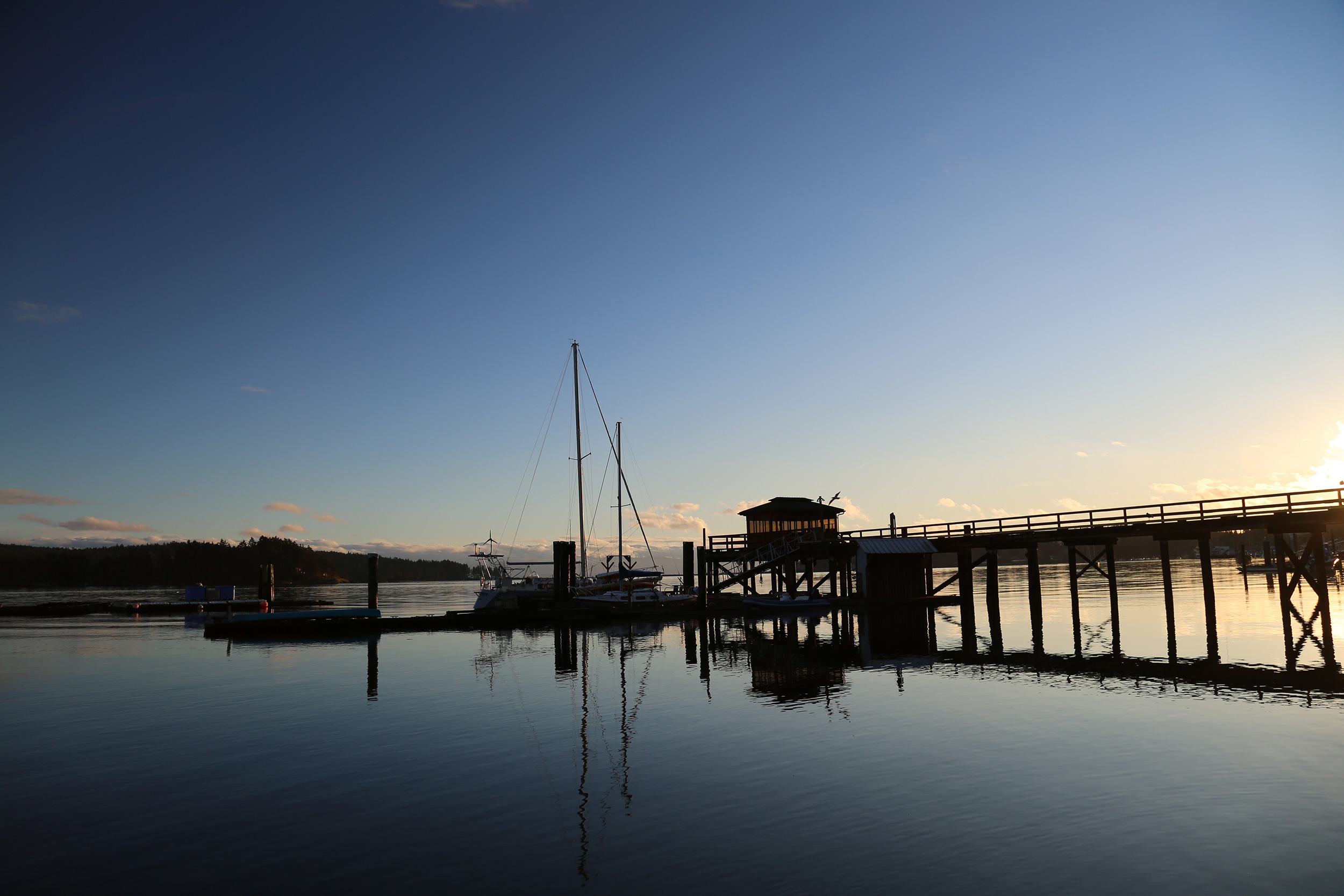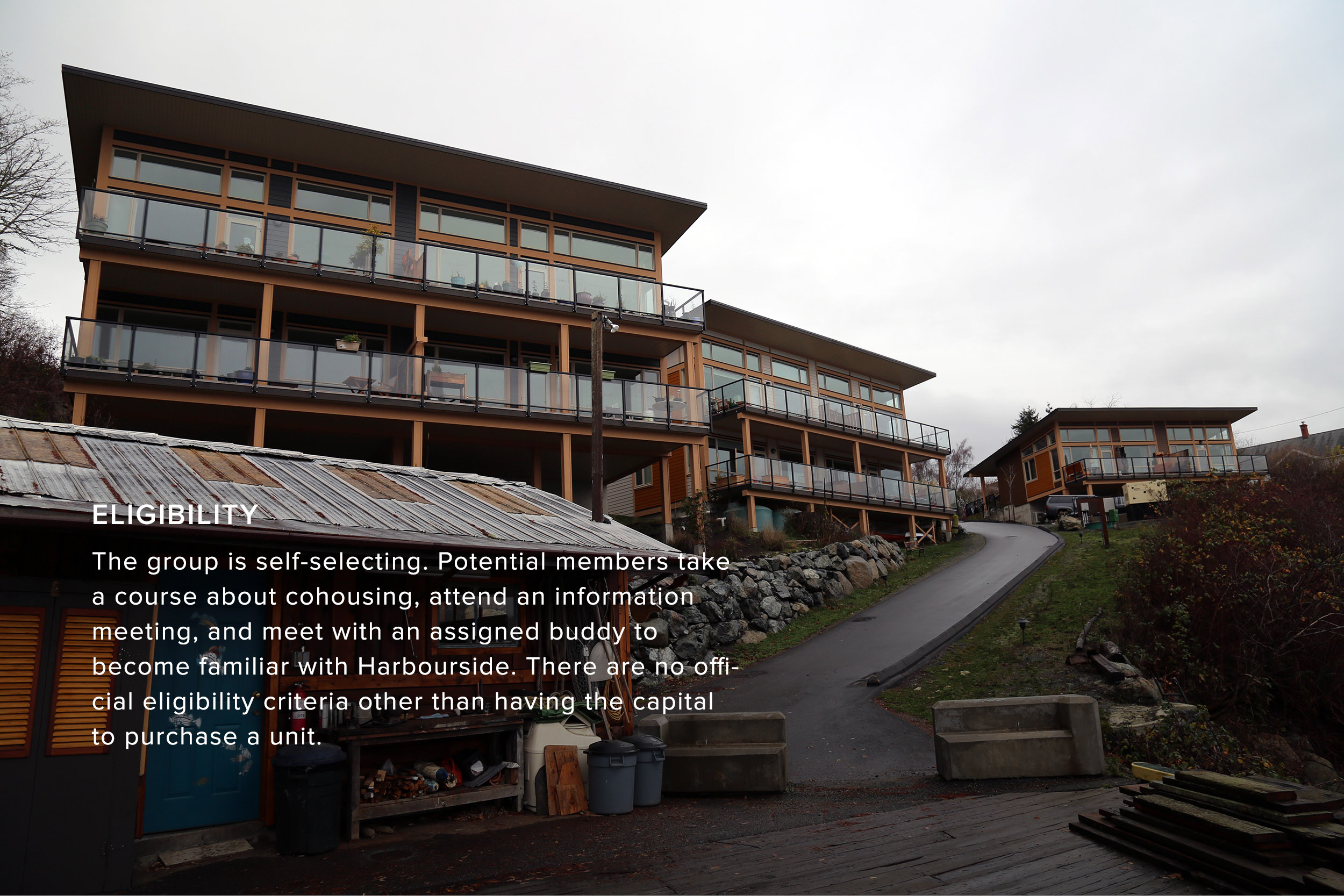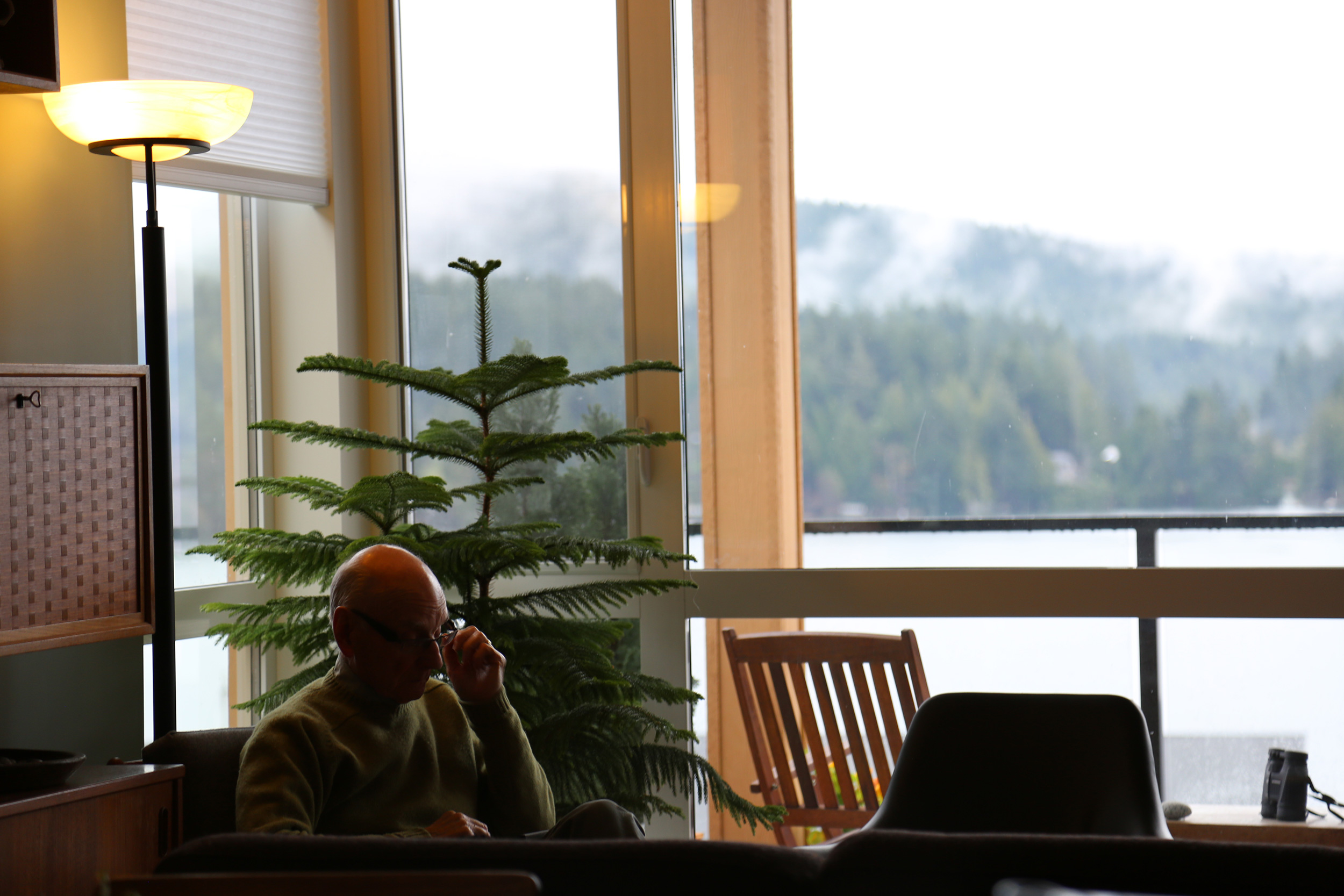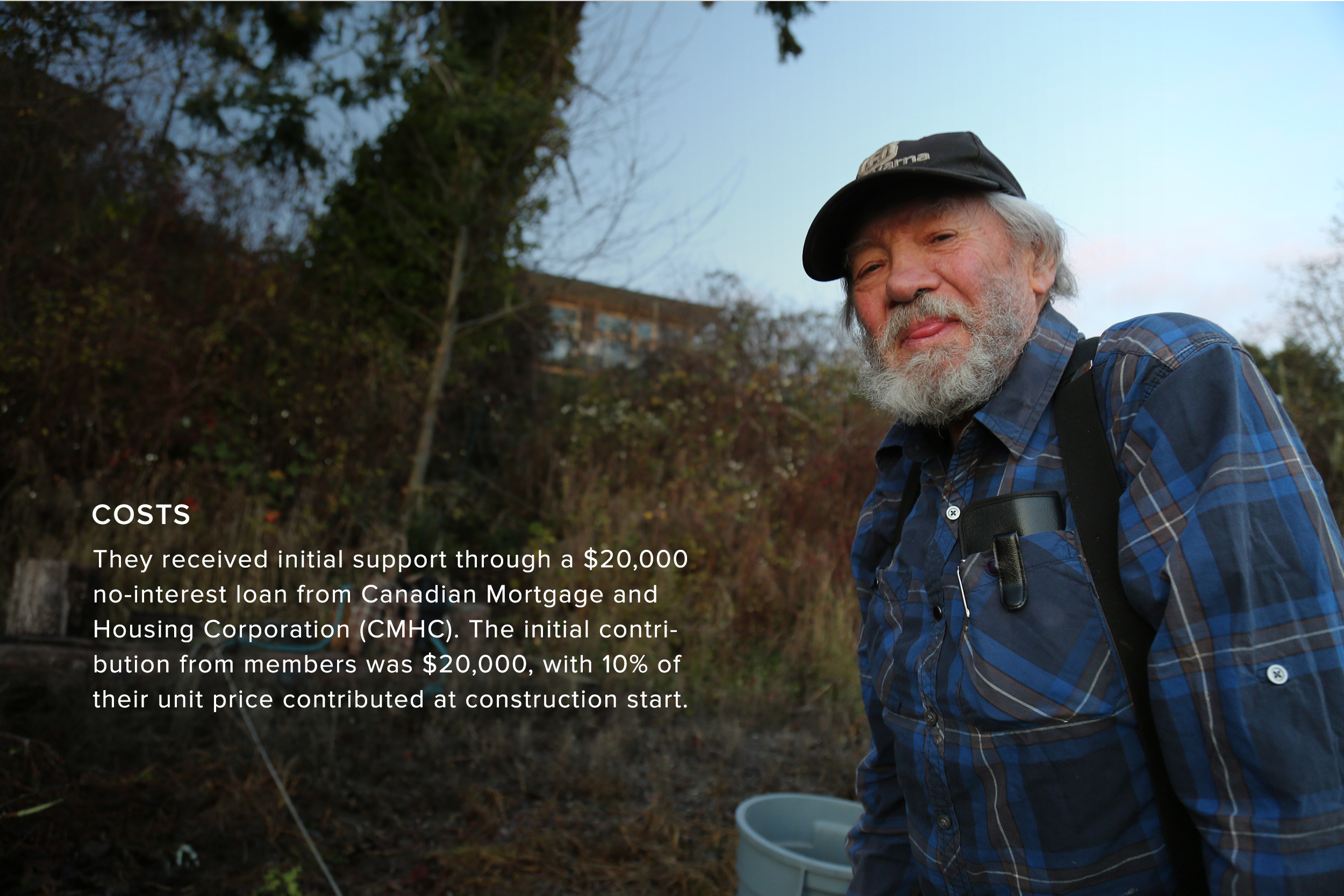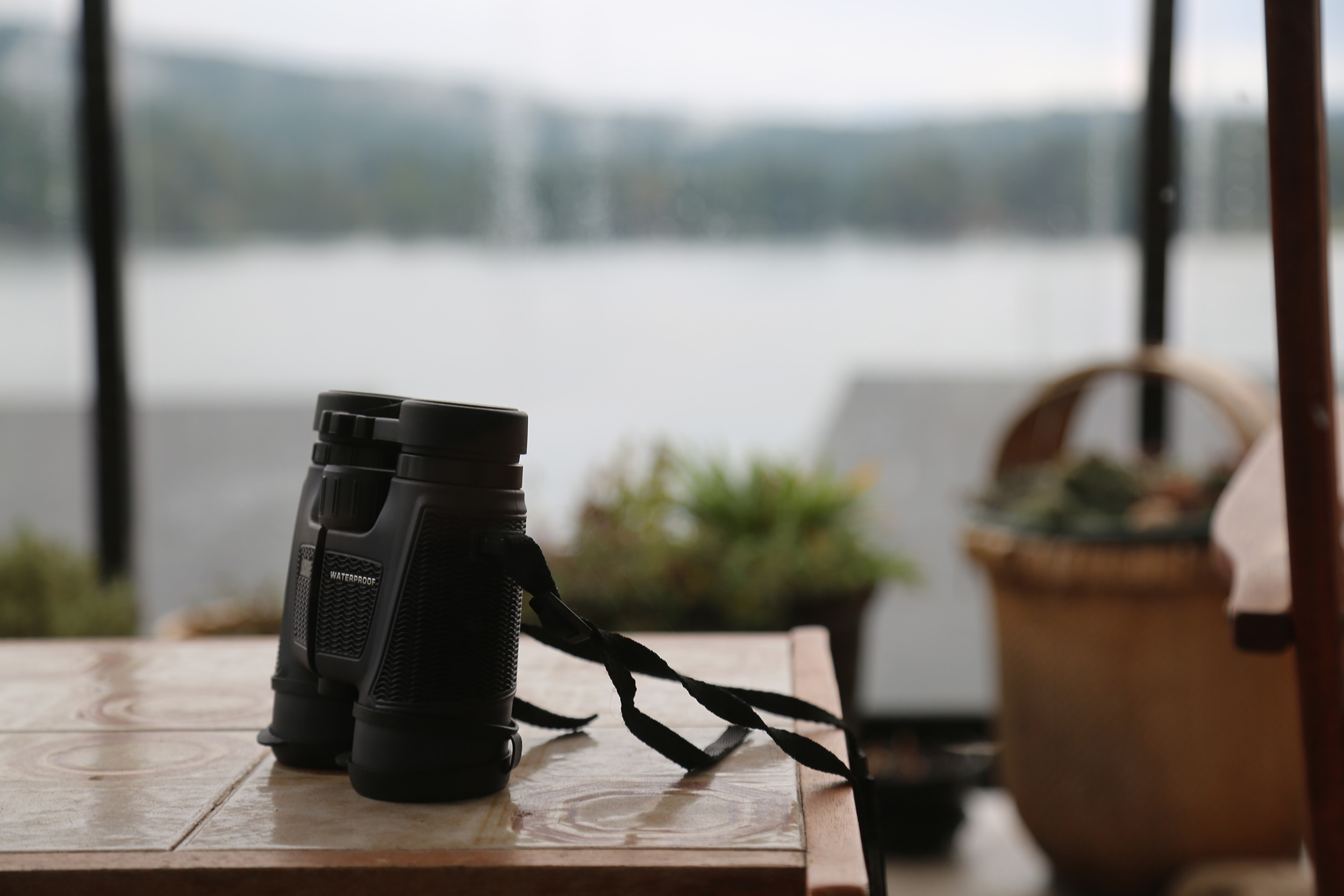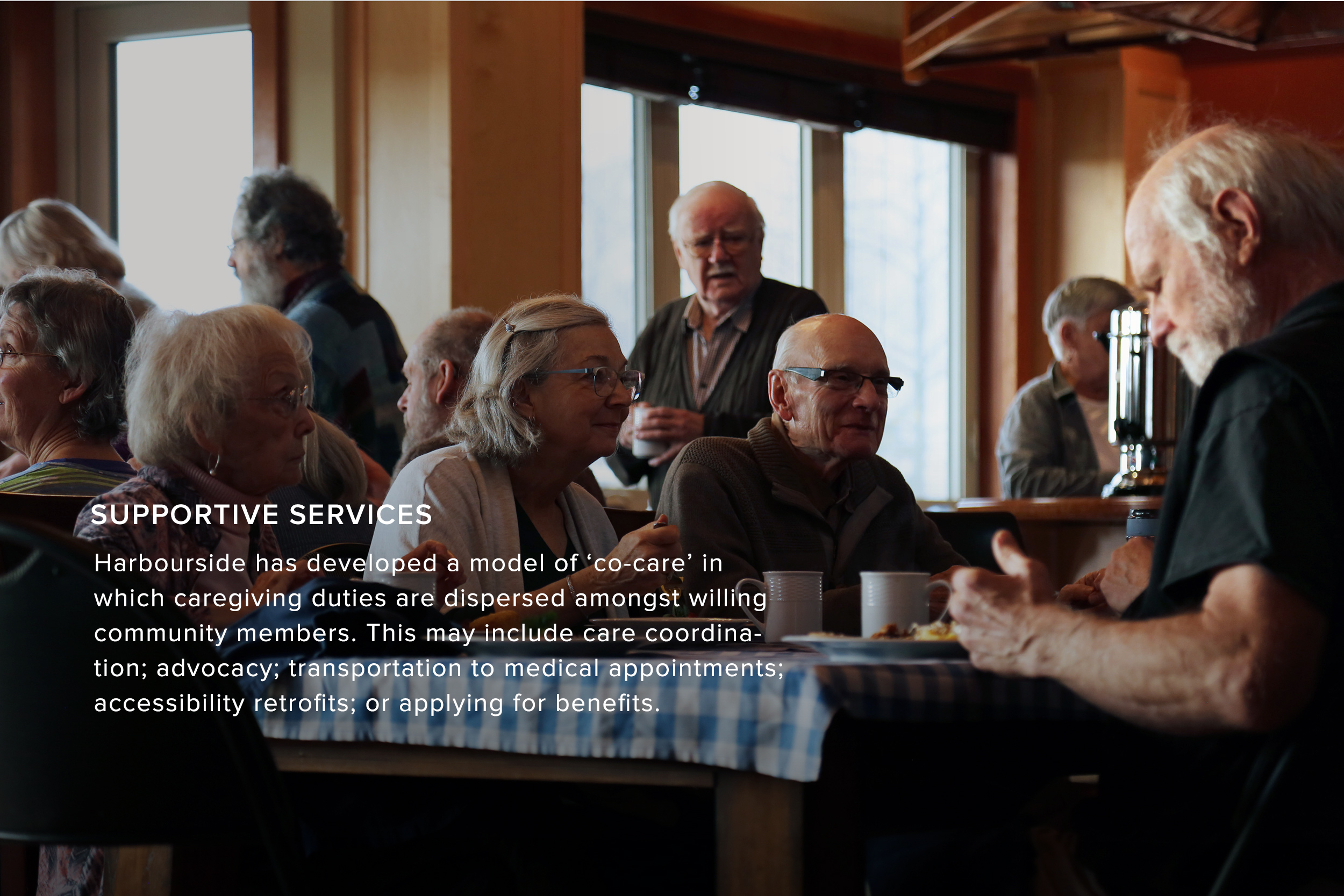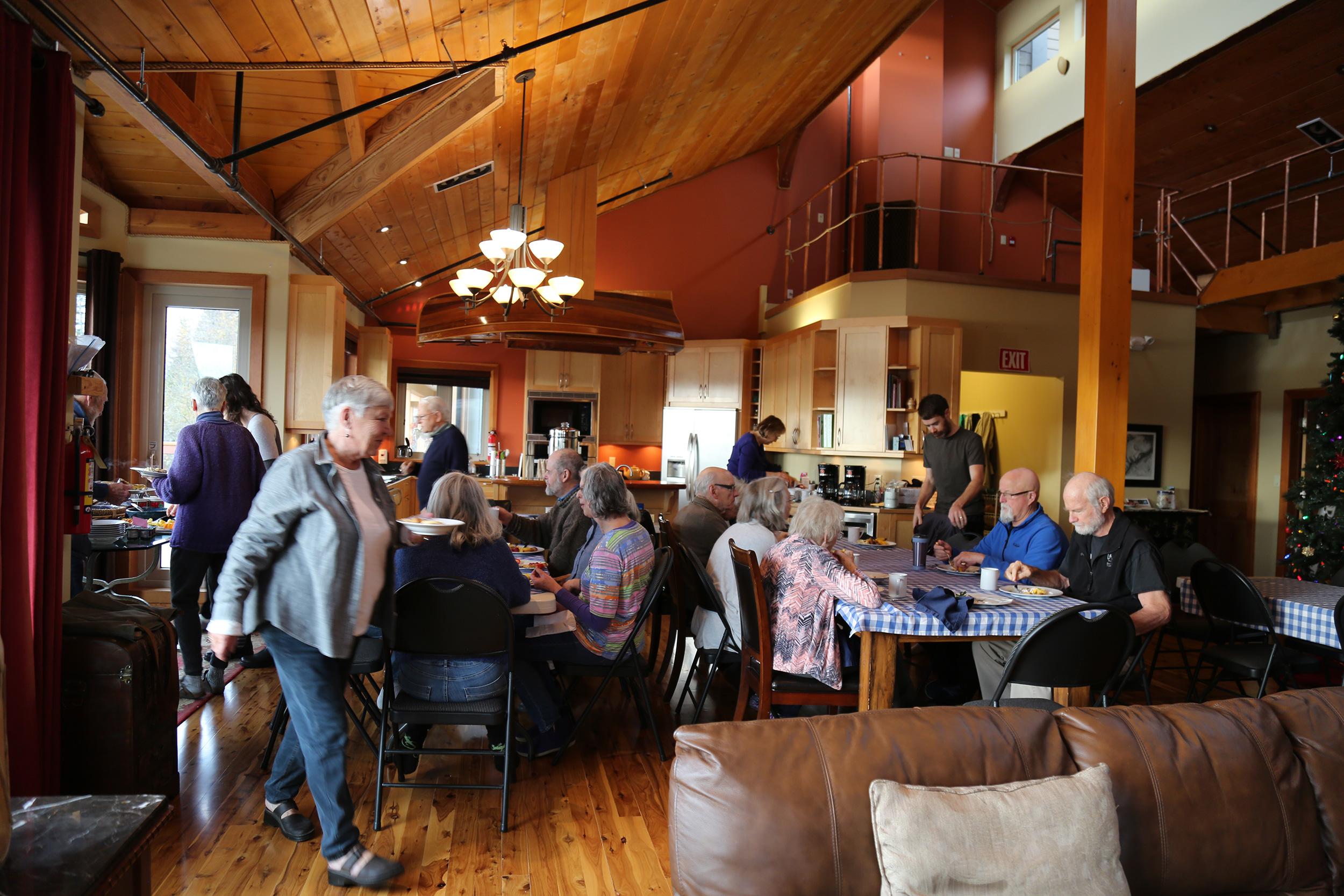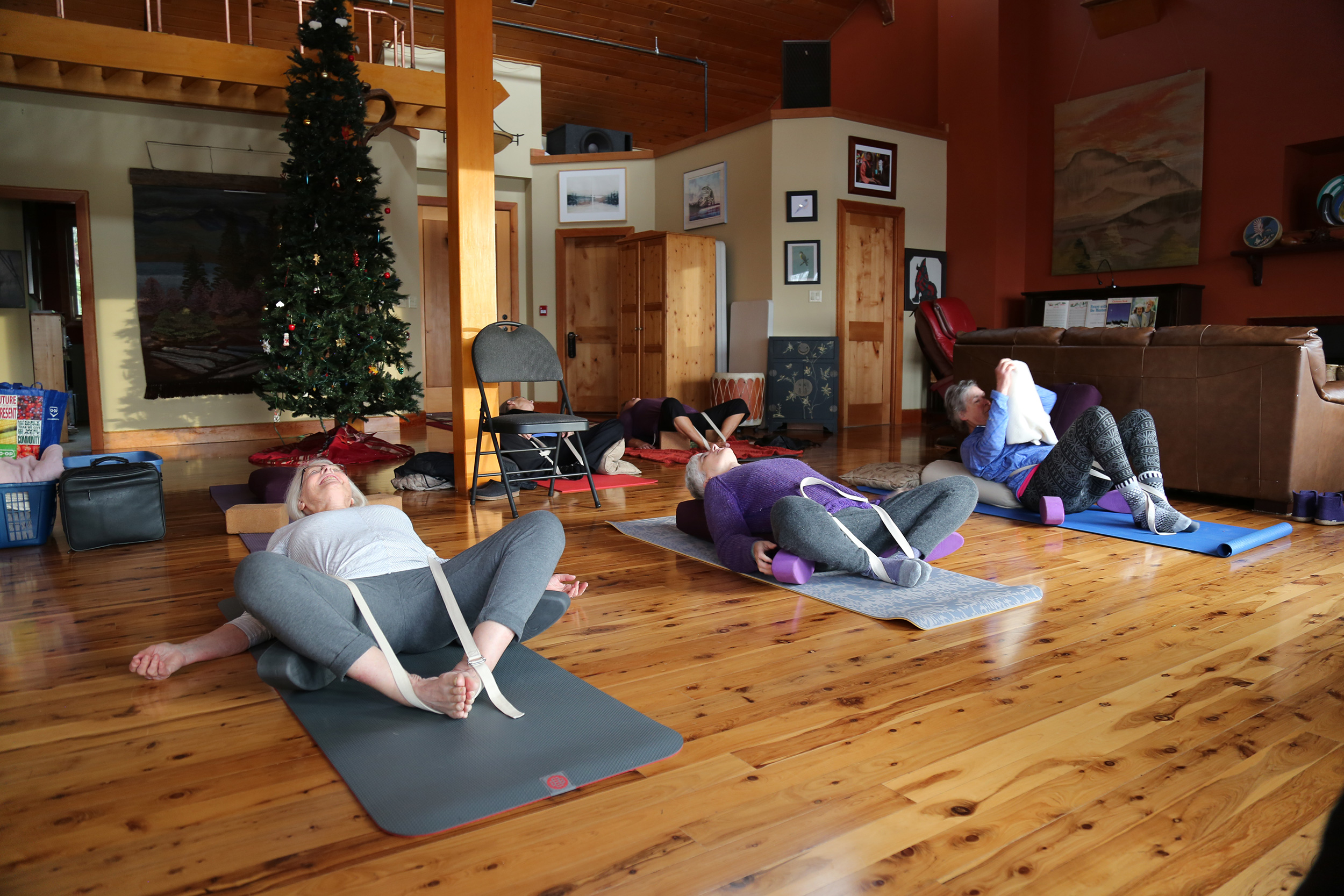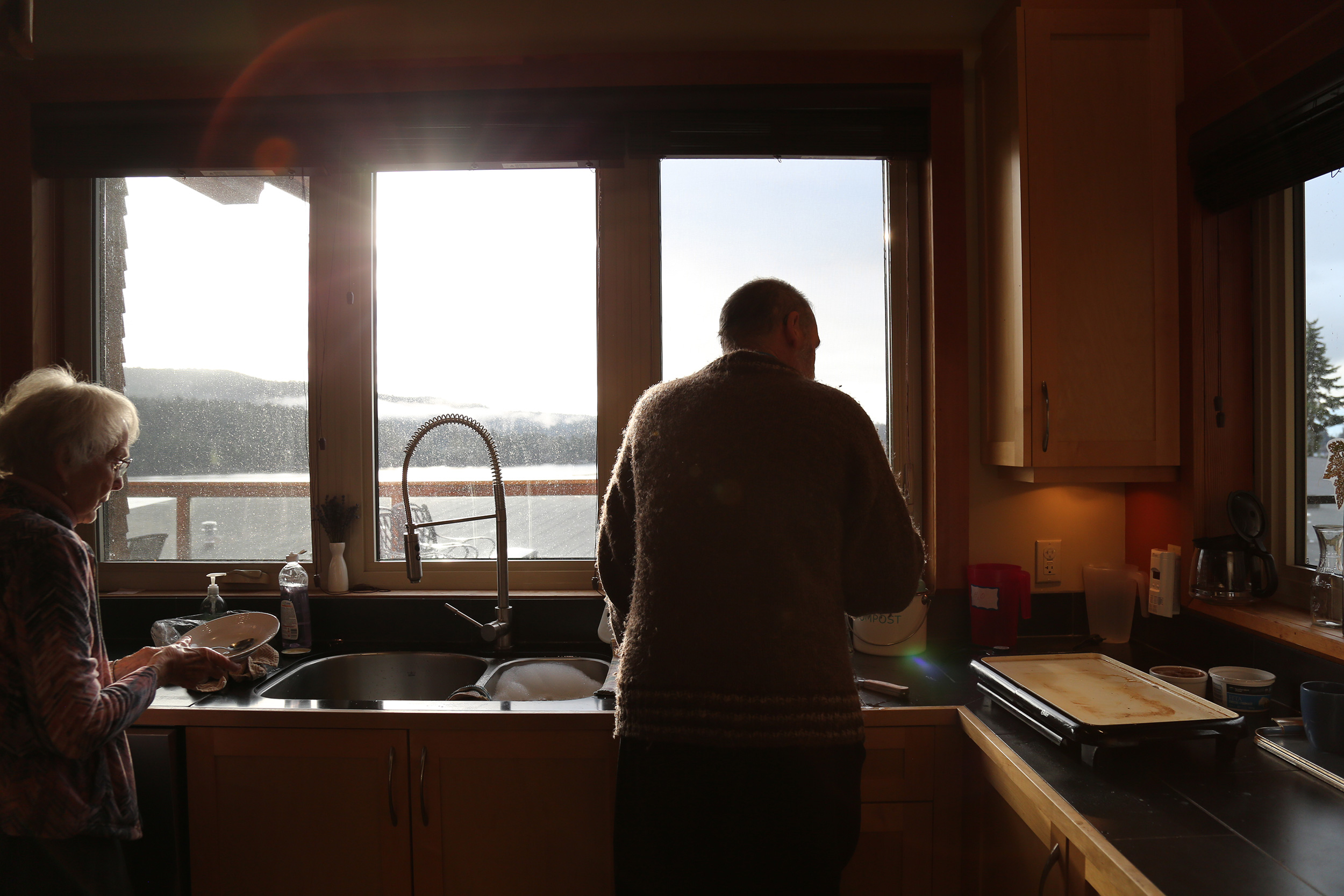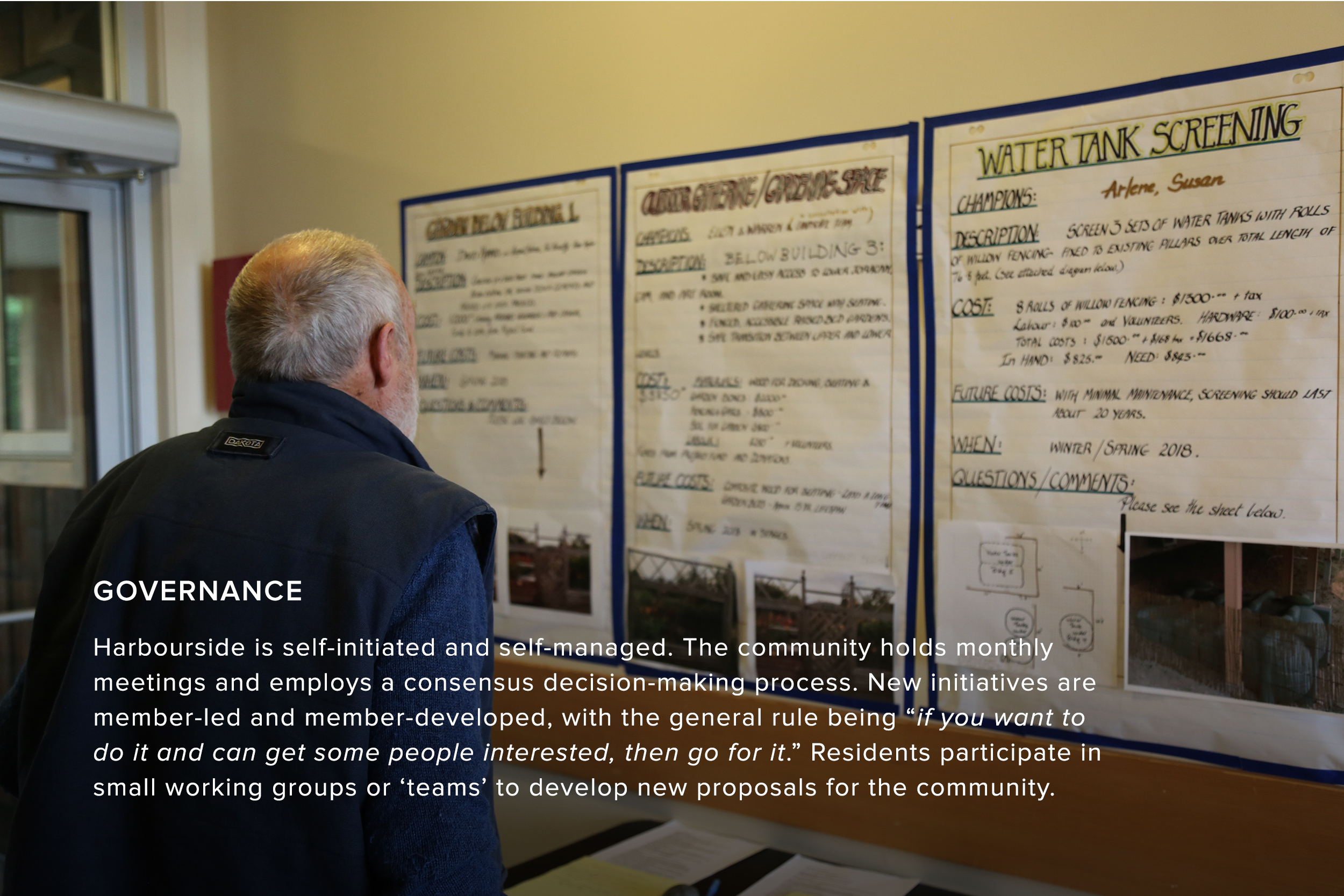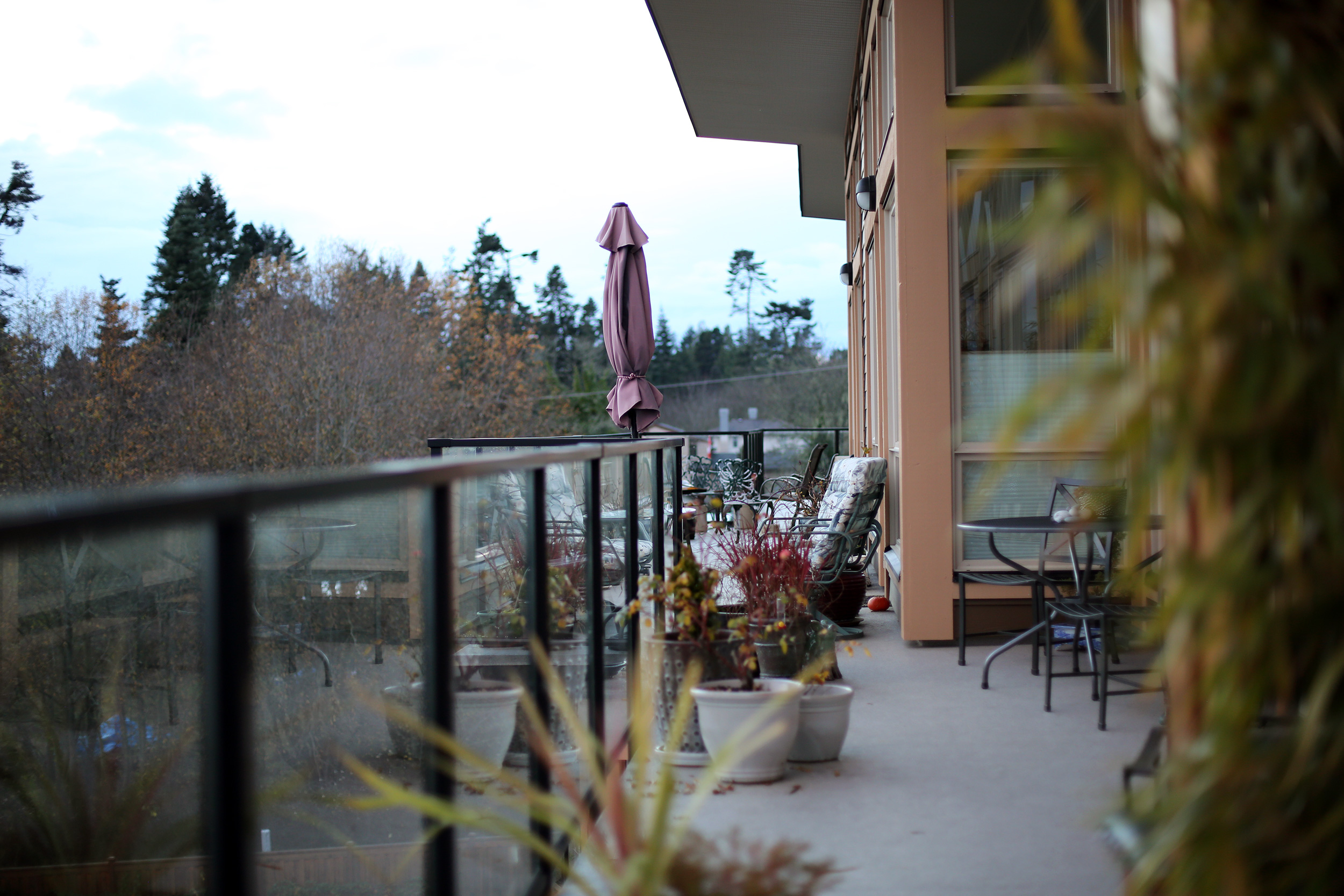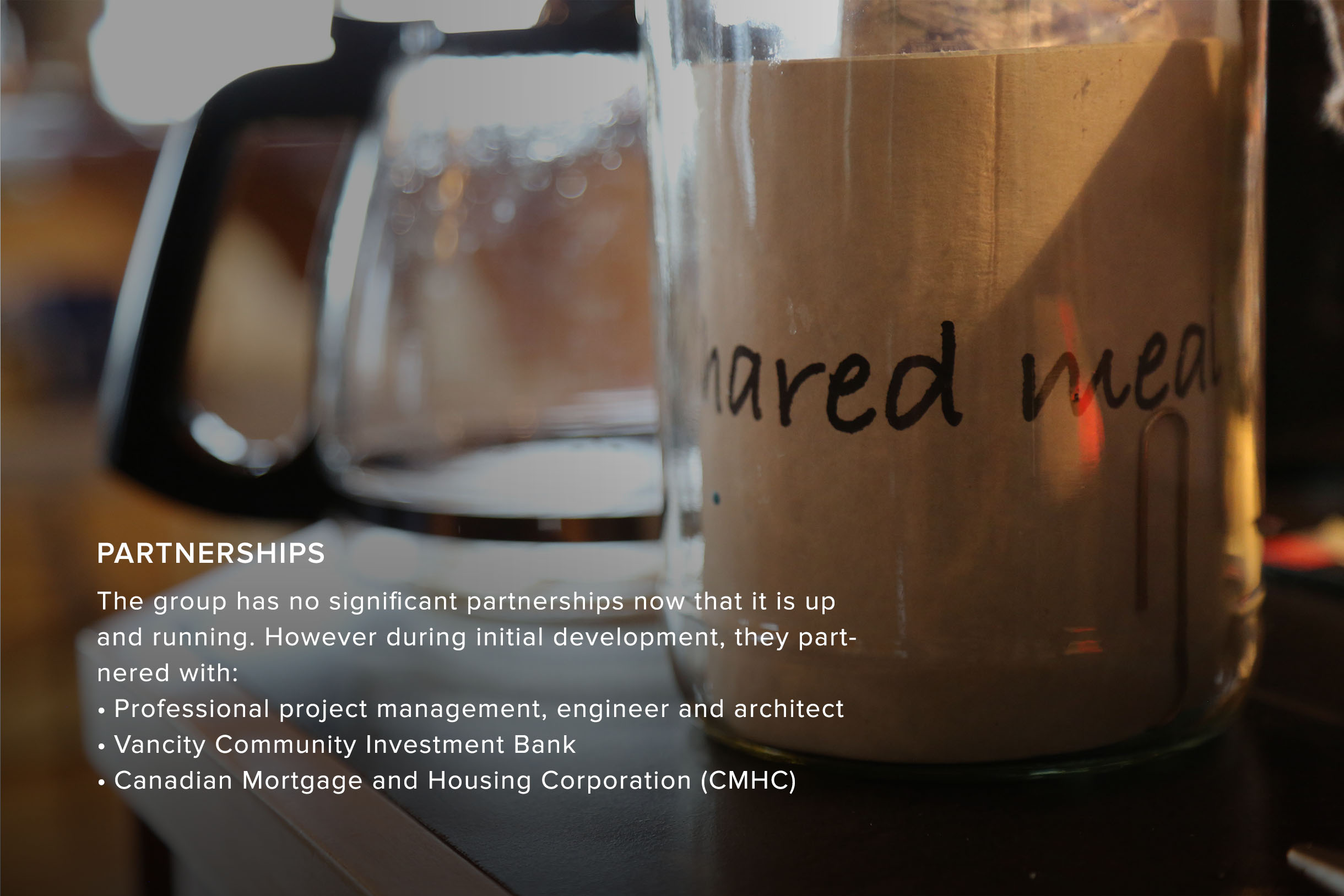“Cohousing is an attempt at recreating an old-fashioned neighborhood where neighbours look after neighbours and community is a way of life.”
Senior Cohousing
Senior Cohousing is a form of intentional living where a group of individuals (friends or more often soon-to-be friends) decide to enter into a formal agreement to buy land and build a mutually supportive living community. Residents invest capital upfront, and work collaboratively on designing all aspects of the community - from governance protocols, community codes, financing and legal arrangements, to building designs.
A typical seniors’ cohousing arrangement is made up of approximately 20-30 individually owned housing units, oriented around central common areas and a common house for socialization. These common areas supplement private spaces and are intended for daily living.
Similar to condominiums, the costs for common amenities, landscaping and maintenance of the property are shared amongst the group. However, unlike condos, there is an intention to participate in communal living and to deliver mutual support when possible. Neighbours act as an extended family, helping residents with all the little things that help them to remain living independently for as long as they choose.
DRAWBACKS
High Capital Costs: Residents need to have the money to invest in the purchase before it is built. Some people finance units by selling their single family home and downsizing.
Slow: New cohousing communities may take more time, money and energy to plan and develop than initially estimated.
Emotionally intensive: requires a large amount of trust and communication, with the ability to speak openly and honestly about one’s needs. Requires strong interpersonal and conflict resolution skills.
BENEFITS
Built in Network of Mutual Support: Cohousing provides a built-in network of support and creates a cultural of reaching out to both ask for and receive support
Self-Determination: Cohousing is community-led, as opposed to other types of planned seniors’ residences that tend to be designed by business owners for a profit.
Shared Costs & Responsibilities: Residents share expenses associated with running the community, but maintain separate sources of income and maintain sole ownership over their private dwelling.
CASE STUDY: Harbourside Cohousing
Sooke B.C.
Harbourside Cohousing is located on a large property that faces Sooke Harbour, on Vancouver Island in British Columbia. Their are 45 members ranging in age from 60 to 88 years old. Many are retired professionals who have moved to Sooke to take advantage of the milder winters and beautiful landscapes. Over a period of five years the group worked collaboratively to flesh out the details of their community - including building in adaptive features like extra wide doorways for mobility devices and ceiling tracks for future instalment of a lift to help get from bed to bath - in an attempt to guard against the need to move into long term care.
They also began the initial groundwork for what would become their co-care agreement: a promise to provide a supportive and stimulating environment where every member can age in place if they choose. This aspect of Harbourside is what sets it apart from other co-housing initiatives. The big idea is that seniors who live in close proximity, and who share space, responsibilities and sense of community, can work together to reduce the harmful affects of social isolation and address the issues that enable seniors to age in place.
Margaret
Margaret Critchlow is one of the original founders of Harbourside Cohousing. After attending a course in cohousing offered by the architect Charles Durrett in California, she returned home inspired to start working on a cohousing project in Canada.
BOB AND ARLENE
After downsizing from a single-family home into a 1400 square foot condo in Calgary, they realized that simply moving into a more accessible space was not going to be enough to support them through older age. They had neighbours around, but they didn’t actually know any of them. The social isolation they sensed coming down the road was only more pronounced against the backdrop of harsh Calgary winters and decreased mobility. They quickly realized they had a “situation they needed to get out of”.
A Day in the Life
(scroll through)
Visit them at: http://www.harbourside.ca/




